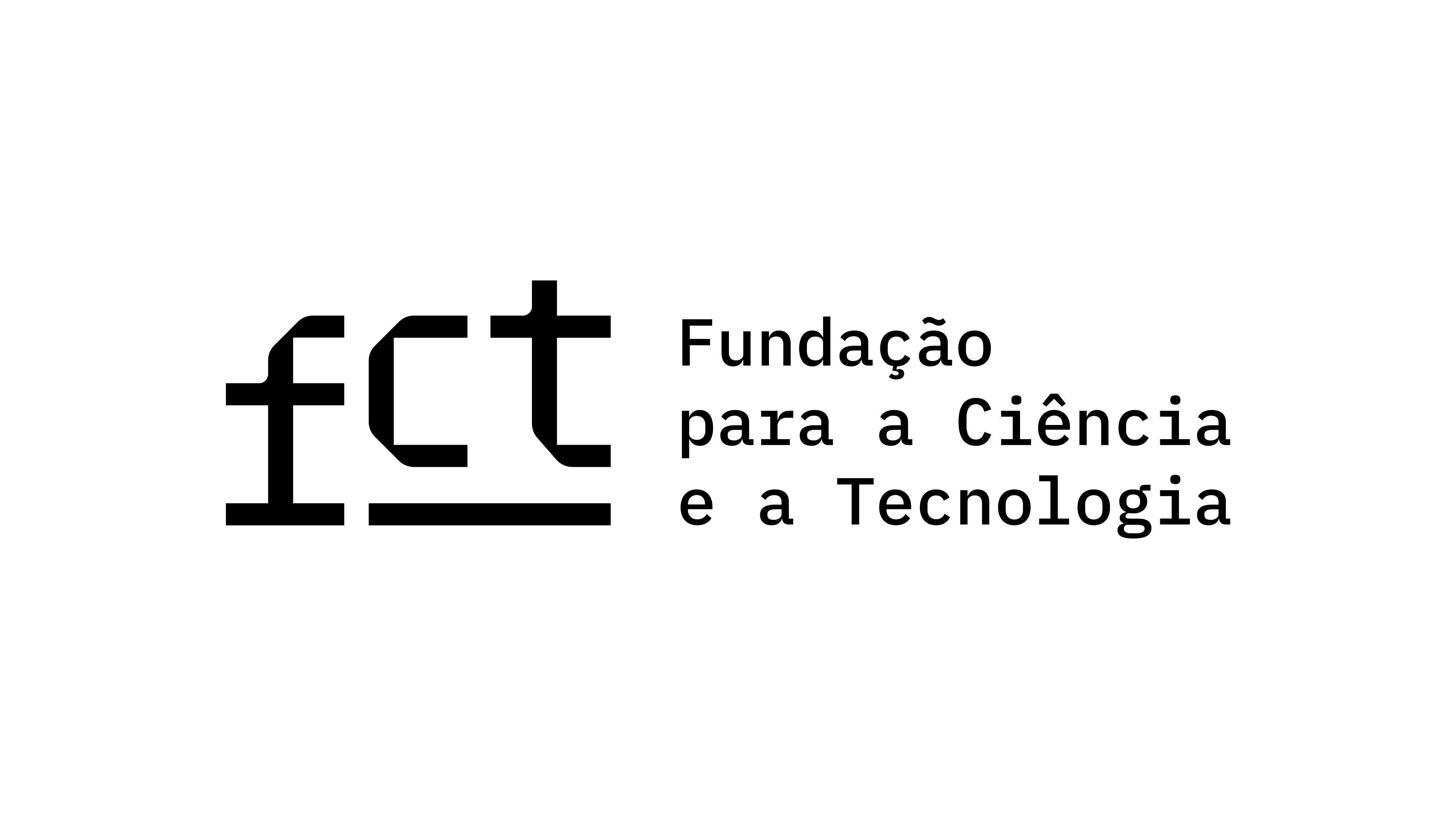Thought-Images and the New as a Rarity: A Reevaluation of the Philosophical Implications of Deleuze’s Cinema Books
Palavras-chave:
film-philosophy, thought-images, rare events, the new, DeleuzeResumo
Contrary to what is often argued or implied — whether by antagonists like Badiou or the most important Deleuze scholars — events that lead to the creation of the new are in many regards a rarity in Deleuze. The rarity of the new, this article argues, is increasingly emphasized from Deleuze’s 1970s and forward, culminating with Cinema 2 which in large parts deals with the new as an intricate difficulty. This article reexamines Deleuze’s taxonomy of cinematic thought-images from this perspective. The established view is that the cinema books reflect a shift from Deleuze’s earlier call for a thought without image to an affirmation of a plurality of images of thought (as argued for instance by Paola Marrati). This article argues against this notion of a shift while revealing two things: 1. Deleuze’s early ideas of image-thought were more complex and the cinema books rather extend most of them and 2. The examinations of thought-images in Cinema 2 reflects changes instead in Deleuze’s treatment of the problem of the new, changes that has basically been overlooked by scholars. As anticipated in Capitalism and Schizophrenia and Deleuze’s book on Bacon, “the new” has ceased to be naturally associated with the outcome of an ontology of constant differentiation (which tended to be the focus of his work in the 1960s). The term has now more clearly come to concern creations that are rare and that are the object and possible outcome of aesthetic-political-philosophical struggle. This article charts the flowering of this problematic throughout the cinema books in relation to varying conceptions of the new across Deleuze’s work as a whole.
Downloads
Publicado
Como Citar
Edição
Secção
Licença

Este trabalho encontra-se publicado com a Licença Internacional Creative Commons Atribuição 4.0.




